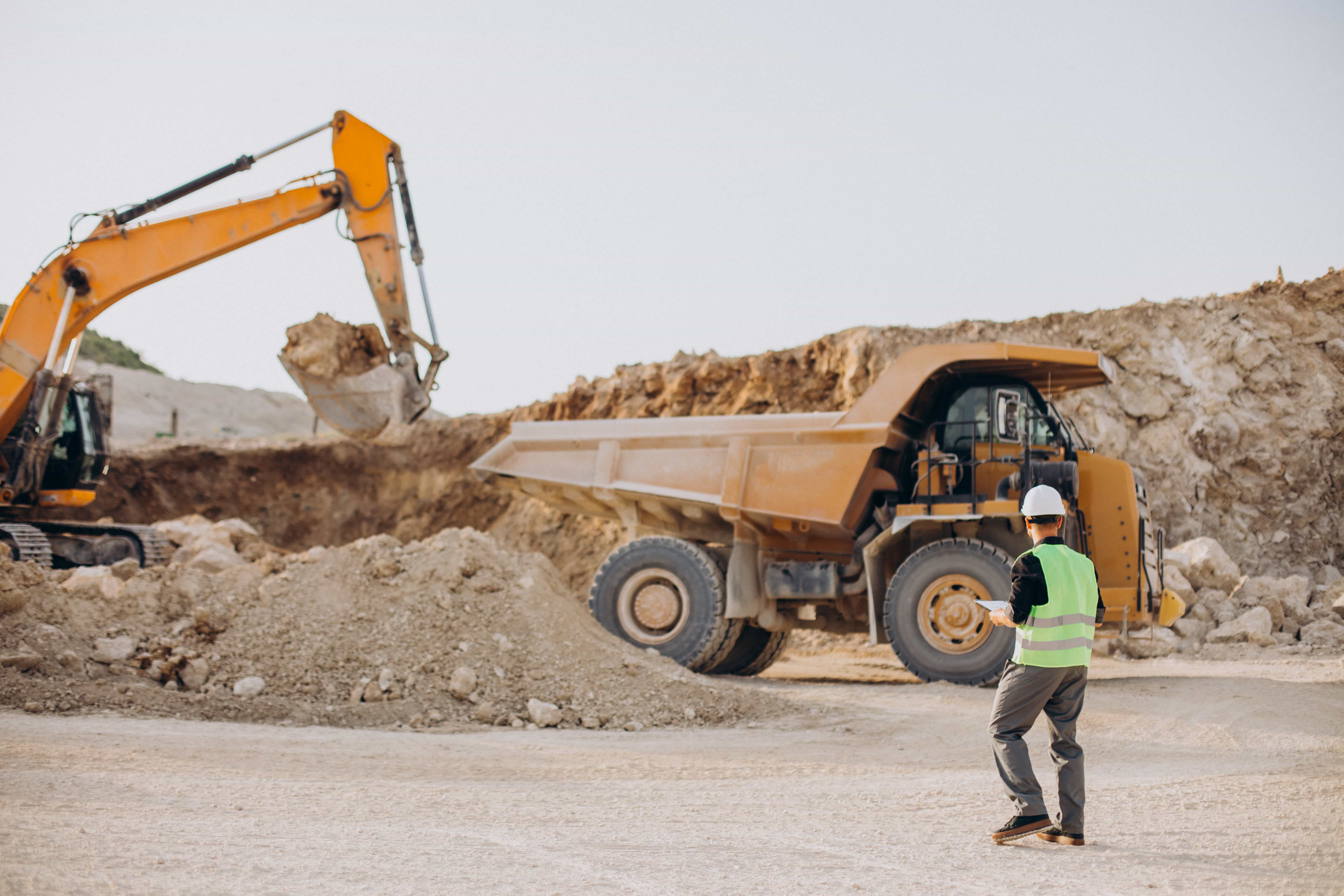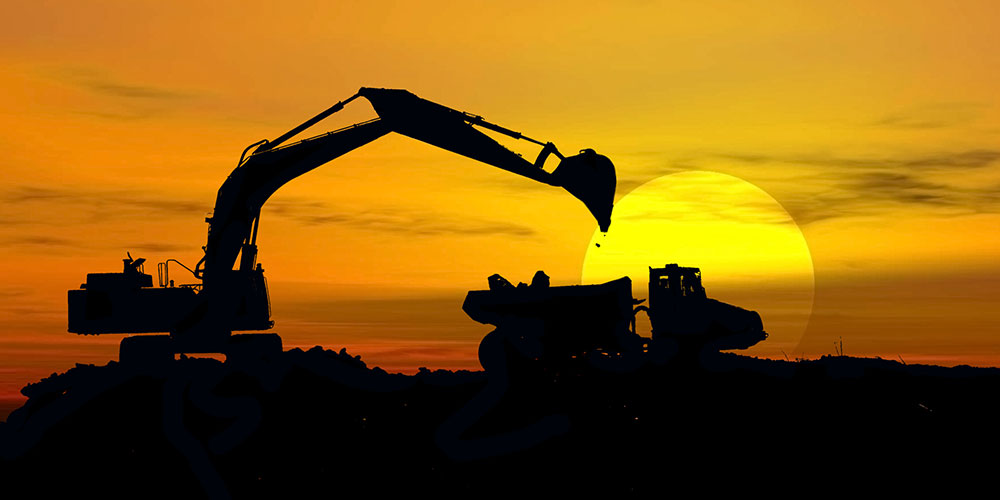Expert Civil Geotechnical Engineering Providers for Intricate Projects
Expert Civil Geotechnical Engineering Providers for Intricate Projects
Blog Article
Just How Consulting Engineers Enhance Geotechnical Design Projects: Insights Into Their Proficiency, Methodologies, and Collaborative Approaches
Consulting engineers are critical in boosting geotechnical engineering jobs, using their specialized expertise to navigate the intricacies of subsurface conditions. Their collective techniques foster interaction among diverse task stakeholders, ultimately shaping the project's trajectory.
Function of Consulting Engineers
The proficiency of getting in touch with engineers in geotechnical design is basic to the successful execution of building and construction projects. These experts play a pivotal function in examining dirt and rock residential properties, which are critical elements influencing style and building and construction choices. By conducting extensive site examinations, getting in touch with designers collect vital data that notifies the style procedure, making certain tasks are improved secure and ideal ground.
Consulting designers likewise supply invaluable understandings right into risk management (geotechnical geologist). They identify potential geotechnical hazards, such as landslides, soil liquefaction, and negotiation concerns, making it possible for stakeholders to implement reliable reduction approaches. Their proficiency help in enhancing structure styles, which can result in significant cost financial savings and boosted safety and security
Moreover, getting in touch with designers work as a crucial link between task proprietors, designers, and service providers. Their capability to convert complicated geotechnical data right into workable recommendations promotes partnership and helps with informed decision-making throughout the task lifecycle. This multidisciplinary technique not only boosts job effectiveness but additionally makes sure compliance with governing standards and finest methods.
Key Techniques in Geotechnical Engineering

One main technique is site investigation, which involves performing area examinations and laboratory analyses to gather data on subsurface conditions. Strategies such as Standard Penetration Testing (SPT) and Cone Penetration Testing (CPT) are commonly utilized to assess dirt stratigraphy and stamina. In addition, geophysical approaches, consisting of seismic and electric resistivity studies, give non-invasive methods to analyze subsurface features.
An additional crucial methodology is mathematical modeling, which allows designers to replicate numerous situations and predict how soil-structure interactions will behave under various loading conditions. Finite Element Evaluation (FEA) is an usual technique employed in this context.
Moreover, the design of structures, preserving structures, and earthworks relies greatly on these methods - geotechnical geologist. By incorporating sophisticated logical devices with field data, consulting designers can establish tailored solutions that resolve certain job obstacles, eventually adding to the security and safety of construction projects
Relevance of Dirt Evaluation
Dirt evaluation visit here functions as a foundational component in geotechnical engineering, supplying crucial insights right into the physical and chemical properties of soil needed for reliable building and construction planning. Recognizing soil qualities is crucial for determining its load-bearing ability, water drainage actions, and capacity for settlement or instability. Thorough soil investigations, including sampling and laboratory testing, assistance identify criteria such as dirt type, moisture content, density, and shear stamina.
These evaluations educate the choice of proper building strategies and products, inevitably influencing task security and long life. Cohesive soils might require different structure layouts compared to granular dirts, necessitating tailored engineering solutions. Dirt analysis help in recognizing pollutants that might posture dangers to human health and wellness or the environment, enabling for the growth of reduction techniques.
Incorporating dirt evaluation into the beginning of task development aids to minimize unforeseen obstacles, making sure that engineers can expect and attend to prospective concerns prior to they rise. By developing a detailed understanding of the site conditions, getting in touch with designers can maximize layout efficiency and reduce prices, consequently recommended you read enhancing the general success of geotechnical design jobs.
Joint Approaches in Tasks
Effective geotechnical projects usually rest on collective approaches that bring together varied competence from numerous disciplines. Efficient cooperation amongst getting in touch with designers, rock hounds, ecological researchers, and construction experts is critical for dealing with complex challenges and maximizing project end results. By leveraging the special skills and expertise of each staff member, projects can take advantage of an alternative understanding of the site problems, governing demands, and design constraints.
Normal communication and interdisciplinary meetings help with the sharing of insights and cultivate a society of synergy. These collective efforts allow the recognition of prospective threats early in the project lifecycle, permitting timely mitigation strategies. Integrating feedback from stakeholders, including neighborhood communities and regulatory companies, guarantees that all viewpoints are thought about, improving task acceptance and compliance.
Additionally, the integration of sophisticated innovations, such as Geographic Info Equipment (GIS) and Structure Details Modeling (BIM), additional boosts cooperation. These devices permit for the real-time sharing of information and visualization of geotechnical problems, advertising informed decision-making. Inevitably, a joint approach not only streamlines task execution yet likewise lays the structure for cutting-edge remedies to complex geotechnical engineering challenges.
Effect on Project Results

Consulting designers employ innovative methodologies such as risk assessment and anticipating modeling, which enhance the precision of job forecasts. Their capability to incorporate innovative technologies, like geotechnical instrumentation and data analytics, better improves the layout and building processes. Because of this, tasks experience enhanced efficiency, lowered expenses, and decreased delays.
Moreover, fostering effective interaction and cooperation amongst employee improves analytic capacities. When difficulties occur, a joined front permits swift identification of solutions, preventing potential obstacles. Eventually, the collective initiatives of seeking advice from engineers add to better outcomes, guaranteeing that my site projects meet both regulatory standards and client expectations.
Final Thought

Report this page